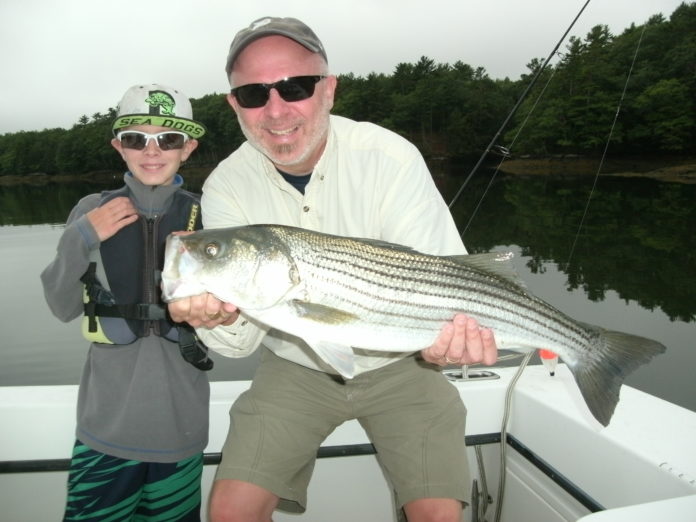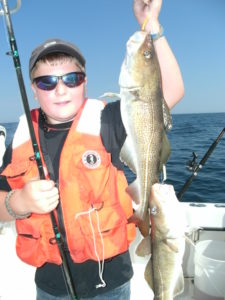 GE DIGITAL CAMERA
GE DIGITAL CAMERA
Advice for capturing fish photographs that will impress on social media
By Barry Gibson
Let me be clear right away: I’m not a professional photographer—not even close. Mention f-stops or shutter speeds and I get lost.
That said, I’ve had hundreds of fishing pictures published over the years, including a dozen or so magazine covers, mainly because I take numerous photos while fishing, and my cameras have “auto” settings that do the work for me.
Aside from the technical details of outdoor photography (which you can read about in good books), I’ve learned some tricks from professionals that can help even the most inexperienced person take appealing pictures while ensuring the fish can swim away safely.
Quick Shots
The primary concern when taking a grip-and-grin fish photo, particularly if you intend to release the fish, is speed. Most fish can tolerate being out of water for about as long as you can hold your breath, so I stick to that guideline while on my boat. If we can’t snap a photo within around 30 seconds, that fish goes back overboard, regardless of its size. A 10-pound snook won’t wait for you to rummage through your bag for your camera or phone. If you want to take photos, be ready to act fast.
 Children with their caught fish create great photos— as long as they can hold onto the fish without dropping it. Note how the fill flash reduces shadows even on sunny days. Vertical shots often work better for single subjects.
Children with their caught fish create great photos— as long as they can hold onto the fish without dropping it. Note how the fill flash reduces shadows even on sunny days. Vertical shots often work better for single subjects.
In keeping with this idea, resist the urge to have an inexperienced child or adult hold the fish they just reeled in for a photo. Most often, the fish will get dropped on the deck or ground, risking injury and wasting precious time out of water. Instead, you or another skilled angler should immediately take hold of the fish and position yourself right next to the catcher. Two-person fish photos often look much better and are more enjoyable than a solo shot of a grimacing angler holding a fish for the first time.
How the fish is held matters too. Fish without many teeth, like striped bass, can be held by the lower jaw, but use one hand for that and support the fish’s belly (or just behind it) with your other hand to maintain a horizontal position. This reduces stress on the fish’s internal organs and jaw.
Ignore those freshwater bass pros on TV who display big fish simply by gripping the lower jaw and yanking back—it’s harmful to the fish.
Use Flash
For the actual photo, always set your camera (or phone if it allows it) to “fill flash,” no matter the lighting conditions. This mode will trigger the flash for every shot. Most of the time, this will eliminate dark shadows on faces, particularly on cloudy days or when the sun is behind the person you’re photographing.
Even with fill flash, it’s usually best to position the subject and fish with the sun behind you (the photographer) for optimal lighting.
Occasionally, you might get a “blown out” shot from the flash reflecting off the fish or person, especially in bright sunlight, but generally, the flash will enhance the quality of your images.
Angle and Smile!
Another tip I follow, especially with just one subject, is to shoot vertically. Many grip-and-grin photos work better in a vertical format than the typical horizontal view, particularly with a single person. It’s simple—just rotate your camera or phone to the side and click away. This approach helps you avoid cutting off the subject’s head, while ensuring the fish fills out the frame effectively. Give it a try.
And don’t forget to get your subject(s) to smile! Genuine smiles and expressions make a significant difference. If I’m photographing a young person, I might say something like, “Your girlfriend (or boyfriend) is going to be so proud of you!” right before snapping the picture. This usually elicits a smile. For older males and females, I just say, “Think sexy thoughts!” It works every time.
Lastly, ensure you follow all fishing regulations before posting your photo on social media platforms like Facebook or Instagram. There have been situations where individuals unknowingly photographed fish caught out of season and posted those pictures online, detailing the event for everyone, which led to visits from marine patrol officers or game wardens.
